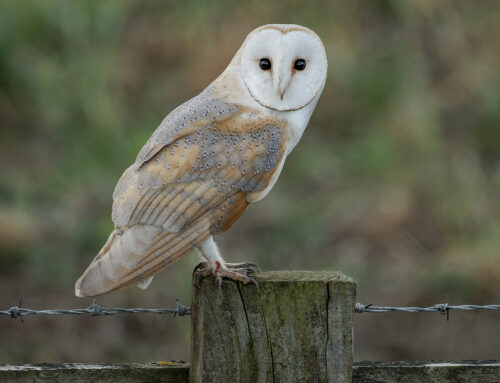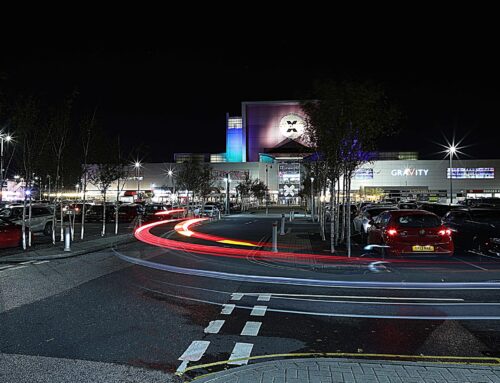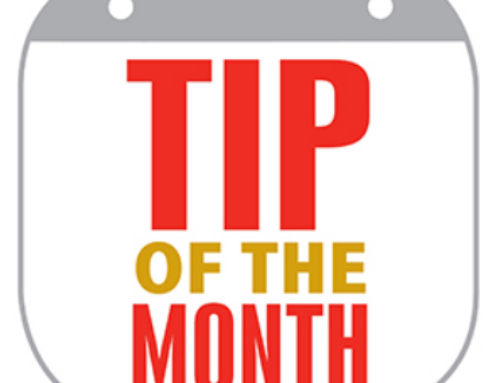MARCH’s TIP OF THE MONTH
RAW v JPEG
When to use RAW vs. JPEG
Understand the advantages of shooting RAW over JPEG and the creative flexibility you have when processing your files.
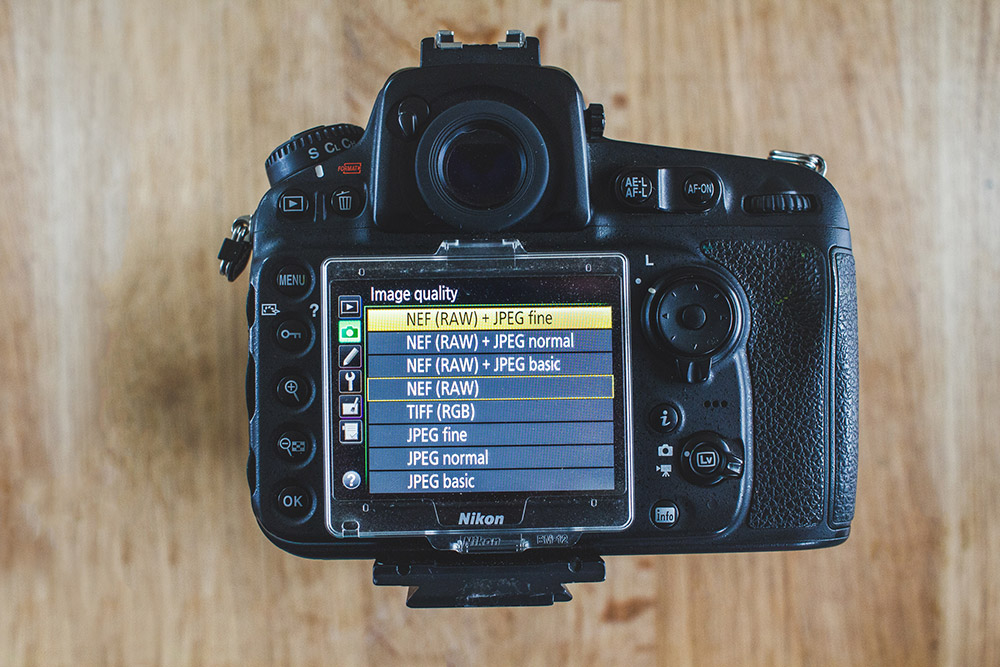
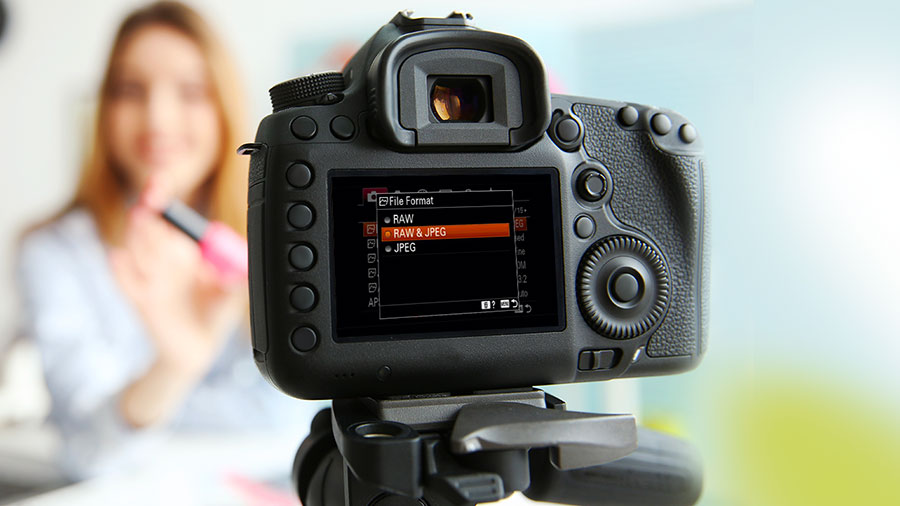
Choosing a file format on your camera
One of the choices you encounter on many digital cameras is whether to save the photos from your camera as JPEGs or RAW files. This choice can have a significant impact on the processing options and possibilities available to you. The advantages of RAW become clear once you start editing your photos in programs like Adobe Photoshop or Lightroom.
What is a RAW file?
When an image is captured in a digital camera, it is recorded as raw data. If the camera format is set to JPEG, this raw data is processed and compressed before it is saved in the JPEG format.
If the camera format is set to RAW, no processing is applied, and therefore the file stores more tonal and color data. With more data stored in the file, there is more processing flexibility than a JPEG can offer. Here’s a cooking analogy: a RAW file contains the ingredients to make a specific meal that you can prep however you’d like, whereas a JPEG is that meal already cooked, and there is less flexibility in how you can modify it.

JPEG is already processed by your camera
A JPEG, even one that is straight out of the camera, has already been “developed” by the camera’s image processor. Settings such as brightness, contrast, color saturation, and even sharpening may have already been applied. The look of a JPEG image can be changed in an image editing application, but since it is a compressed format designed to yield smaller file sizes, a lot of tonal and color data has been permanently discarded during the compression process. The result is a file with far fewer potential tonal values than would be possible in a raw file of the same scene. For some images, this difference can be critical.
RAW has more options for correcting exposure issues
One of the main benefits of capturing a photo as a RAW file is that the additional tonal and color data in the file offers more options, especially if exposure changes are needed.
-
With a JPEG, white balance is applied by the camera, and there are fewer options to modify it in post-processing. With a RAW file, you have complete control over white balance when editing the image.
-
Lost detail in overexposed highlights cannot be recovered in a JPEG. In a RAW file, even if the highlights appear to be completely white at first, it may be possible to adjust those tones and reveal highlight detail that is still present.
-
The same is true of darker, underexposed images. Shadow detail that is irretrievably lost in a JPEG can often be more successfully recovered in a RAW file.
-
Noise reduction can be more effectively applied to a RAW file than a JPEG.

RAW offers more creative processing flexibility
The JPEG processing applied by the camera is designed to produce a good-looking image right out of the camera, and this processing cannot be undone. A RAW file, on the other hand, is processed by you; so you can decide how the image will look. In Lightroom, any changes you apply to a RAW file can be modified at any time, allowing for maximum creative flexibility when you process the file. This flexibility, along with the possibility to significantly improve less-than-ideal exposures, are the main benefits of shooting in RAW.
Come down to our Club Nights every Monday night from 7:30pm to 9:30pm at Roundhill WMC, for a fun pack night, with like minded people with a warm welcome!
Would you like to become a member?
Simply fill out the form below and we will get back to you with more details.
